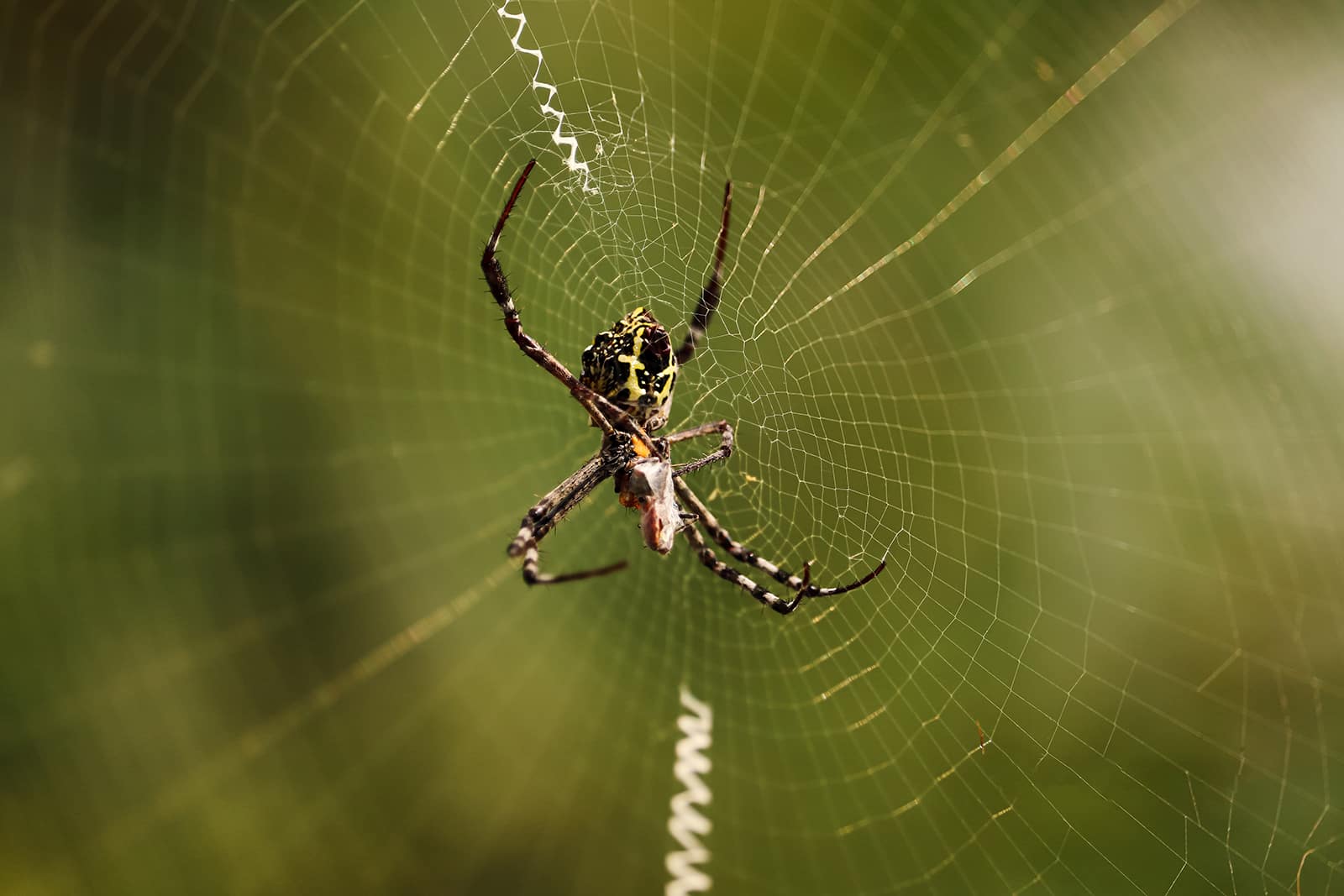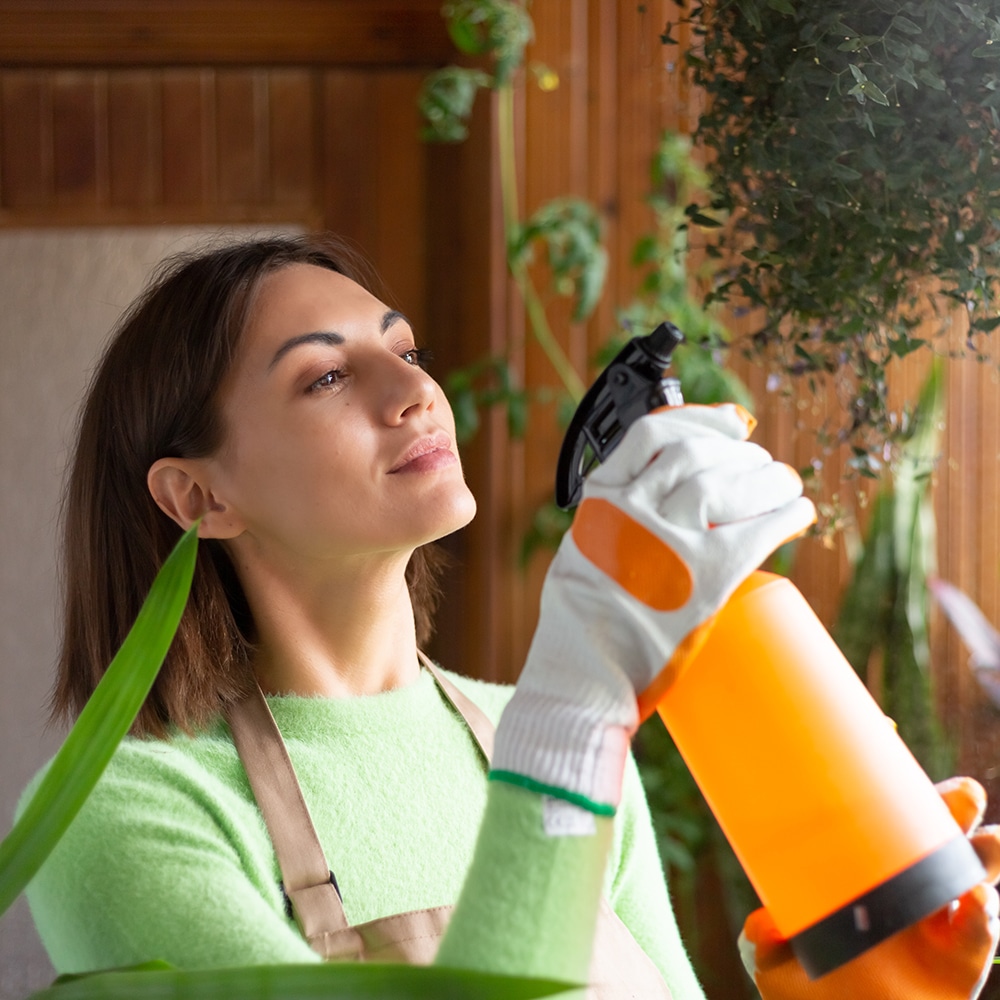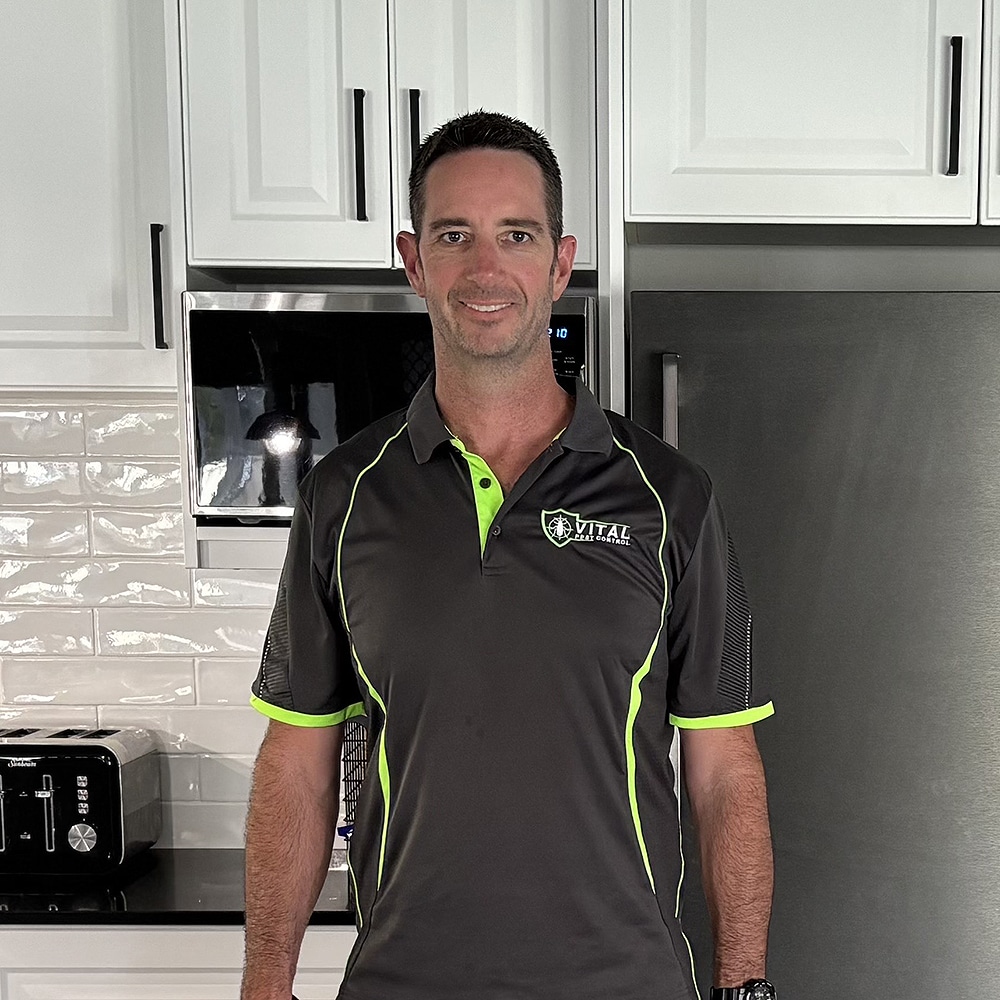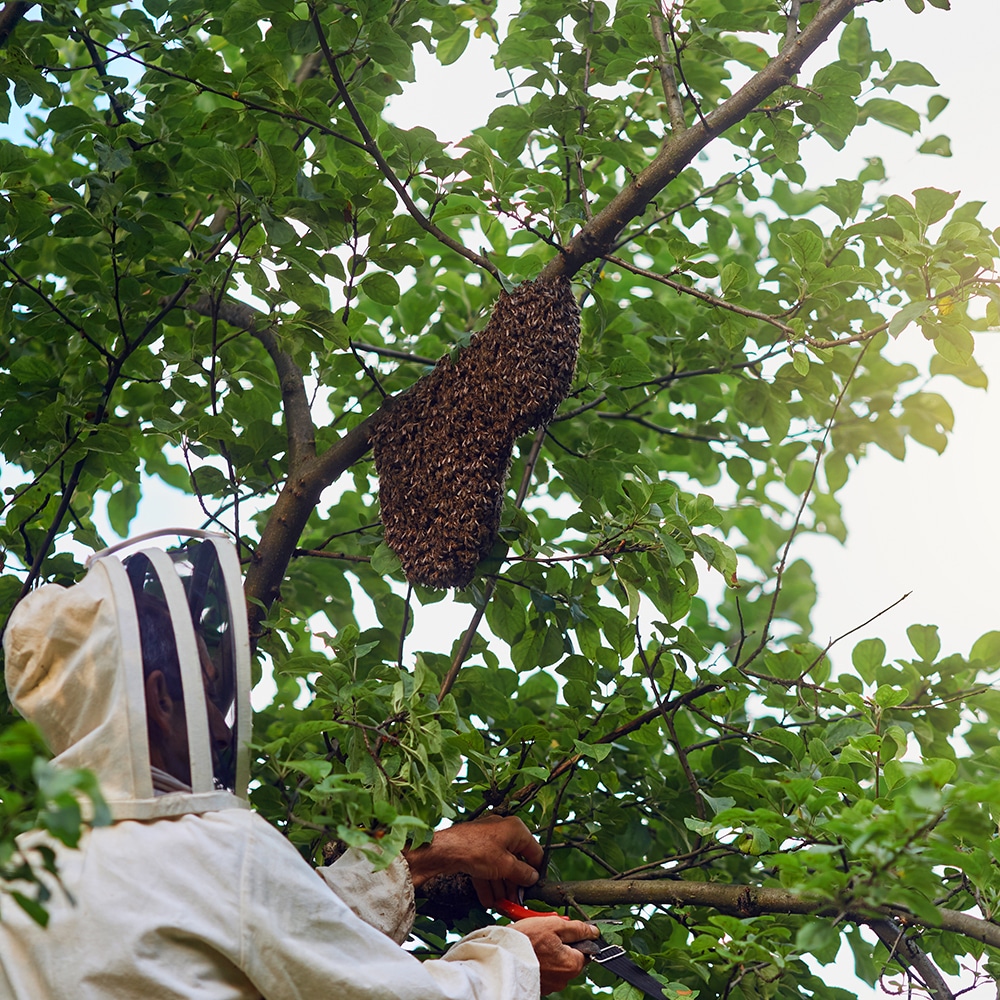
Why Do Spiders Come Back And Why
Why Do Spiders Come Back And Why On The Central Coast NSW. Responsive Proactive Solutions. Detail-focused for lasting results. Call Adam on 0431 222 894
When it comes to pest management, understanding non-toxic options is crucial. Non Toxic Pest Control Methods Explained highlights sustainable strategies for keeping your home pest-free. These methods focus on safety and efficacy. For Central Coast NSW residents, Vital Pest Control offers reliable and eco-friendly solutions.
Defining Non Chemical Approaches
Non-chemical approaches avoid harmful pesticides, focusing on natural methods. They reduce health risks, making them reliable and trustworthy. Central Coast NSW homes benefit from these eco-friendly strategies, which are both effective and sustainable.
Emphasis in Prevention First
Prevention is key to non-toxic pest control. It involves regular home inspections and maintenance. This fast and responsive approach helps stop pest infestations before they start, saving time and effort.
Sealing Entry Points Effectively
Sealing entry points prevents pests from invading your home. Use weather stripping, caulk, and mesh screens. This quality over quantity method ensures long-lasting pest deterrence.
Using Physical Traps and Termite Management Systems
Physical traps and termite systems target specific pests. They are practical and easy to implement, providing a humane way to manage infestations without chemicals.
Garden Based Solutions
Garden solutions involve planting pest-repellent plants. Herbs like basil and mint keep insects away. This natural approach enhances your garden’s vitality while repelling pests.
Harnessing Beneficial Predators
Introduce predators like ladybugs to control pest populations. They naturally balance your garden’s ecosystem, offering a fast and responsive pest control method.
Sticky Traps in Strategic Areas
Sticky traps are effective in high-traffic areas. Place them near windows and doors to catch insects. These traps are a simple, non-toxic solution for immediate pest control.
Heat or Steam Treatments
Heat or steam treatments eliminate pests without chemicals. They’re ideal for Central Coast NSW homes, providing a safe, fast, and responsive option.
Discover how we can help you today! For more information, visit our Contact page.

Vital pest control in Central Coast NSW requires innovative strategies to keep homes and businesses safe. Non-chemical methods are gaining popularity as they align with eco-friendly practices and safeguard health. These methods focus on prevention and management, reducing the reliance on harsh chemicals while effectively managing pest populations.
Physical Barriers
One of the simplest non-chemical approaches is the use of physical barriers. These can include screens on windows and doors, sealing cracks and gaps, and installing door sweeps. Such measures prevent pests from entering buildings, thereby reducing the need for chemical interventions. Regular maintenance ensures these barriers remain effective over time.
Biological Control
Biological control involves introducing natural predators to manage pest populations. For instance, ladybirds can help control aphid populations in gardens. This method leverages the natural ecosystem, keeping pest numbers low without the need for synthetic chemicals. It also promotes biodiversity, contributing to a healthier environment.
Cultural Practices
Adjusting cultural practices is another effective non-chemical approach. This includes crop rotation, maintaining clean and clutter-free environments, and managing waste properly. By changing these practices, it is possible to make environments less attractive to pests. These proactive measures can prevent infestations before they start, offering a sustainable solution.
Pest control on the Central Coast NSW is vital for maintaining a safe and healthy environment. With an emphasis on prevention, residents can reduce the need for more aggressive pest control measures. By focusing on non-toxic methods, it’s possible to manage pest issues effectively without harming the ecosystem. This approach not only protects human health but also promotes a balanced and sustainable environment.
Understanding Pest Behaviour
Understanding the behaviour of pests is crucial in preventing infestations. By recognising their habits, such as breeding cycles and feeding patterns, you can implement strategies to deter them. Simple actions like removing food sources and sealing entry points can significantly reduce pest activity. This proactive approach helps maintain a pest-free home without resorting to chemicals.
Regular Property Inspections
Regular inspections of your property can help identify potential pest entry points before they become problematic. Look for signs such as droppings, nests, or chewed materials. Early detection allows for timely interventions, often using non-toxic methods like traps or natural repellents. Consistent vigilance ensures that minor issues don’t escalate into costly infestations.
Natural Deterrents
Using natural deterrents is an effective way to keep pests at bay. Essential oils, herbs, and other natural substances can act as repellents. For example, peppermint oil is known to repel spiders, while vinegar solutions can deter ants. These natural methods provide a safe alternative to chemical sprays, ensuring the safety of families and pets.
On the Central Coast of NSW, maintaining a pest-free home requires more than just regular cleaning. Sealing entry points effectively is a crucial strategy in non-toxic pest control. By preventing pests from entering your home in the first place, you can avoid the need for harsh chemicals and traps.
Identifying Common Entry Points
Pests often enter homes through small, overlooked gaps. Check around windows, doors, and utility lines for any openings. These areas, if left unsealed, provide easy access for insects and rodents. Pay special attention to areas where pipes and cables enter the home, as these are often poorly sealed.
Using the Right Materials
To seal entry points effectively, use materials that suit the specific gap. Weather stripping is ideal for doors and windows, while caulk can seal cracks in walls. For larger gaps, expanding foam or wire mesh may be necessary. These materials not only block pests but also improve energy efficiency by reducing drafts.
Regular Maintenance Checks
Sealing is not a one-time task. Regularly inspect your home for new gaps and wear in existing seals. Changes in weather and natural settling can create new entry points over time. By staying vigilant, you can prevent pest infestations before they start.
On the Central Coast of NSW, protecting homes from termites is essential. Termite infestations can lead to significant structural damage, and using non-toxic methods like physical traps and termite management systems offers a sustainable approach. These methods not only safeguard your property but also align with environmentally friendly pest control practices.
Understanding Physical Traps
Physical traps are an effective way to monitor and control termite activity around your home. These traps are strategically placed to intercept termites before they reach the structure. By using bait stations filled with cellulose material, termites are drawn in and can be monitored. This early detection allows homeowners to address infestations promptly, reducing potential damage without using harmful chemicals.
Role of Termite Management Systems
Termite management systems are a comprehensive approach to preventing termite access to buildings. They often involve barriers made from materials termites cannot penetrate, such as metal or crushed granite. These systems are installed during construction or as a retrofit solution. By creating a continuous barrier, termite management systems help ensure long-term protection against infestations, making them a vital component of pest control strategies on the Central Coast.
Garden-based solutions offer practical and eco-friendly methods for vital pest control on the Central Coast of NSW. With its unique climate and diverse flora, this region benefits greatly from natural pest control strategies that protect both plants and the environment. By using these methods, gardeners can maintain healthy gardens without resorting to harmful chemicals.
Companion Planting for Natural Pest Deterrence
Companion planting is a time-tested technique where certain plants are grown together to repel pests and attract beneficial insects. For example, marigolds are known to deter nematodes, while basil can repel flies and mosquitoes. By strategically placing these plants throughout the garden, you create a natural defence system that reduces the need for chemical pesticides.
Attracting Beneficial Insects
Encouraging beneficial insects like ladybirds and lacewings can significantly reduce pest populations. These natural predators feed on common garden pests such as aphids and caterpillars. Planting a variety of flowering plants like daisies, yarrow, and alyssum can attract these helpful insects, creating a balanced ecosystem in your garden.
Organic Mulching for Pest Prevention
Applying organic mulch not only conserves soil moisture but also acts as a barrier to certain pests. Mulch can prevent weeds that compete with plants for nutrients and harbour pests. Additionally, it can attract earthworms, which improve soil health and indirectly deter pests by promoting robust plant growth.
On the Central Coast of NSW, harnessing beneficial predators is a vital approach to non-toxic pest control. This method not only safeguards the environment but also promotes a healthy ecosystem. By understanding which predators can naturally manage pest populations, homeowners and gardeners can reduce reliance on chemical solutions.
Understanding Beneficial Predators
Beneficial predators are insects and animals that prey on common pests. These natural allies include ladybirds, lacewings, and certain bird species. Each predator targets specific pests, making them an effective tool in integrated pest management. For instance, ladybirds are known for controlling aphid populations in gardens. Encouraging these predators helps maintain a balanced ecosystem, reducing the need for pesticides.
Creating a Predator-Friendly Environment
To attract beneficial predators, it’s essential to create a welcoming habitat. Planting a variety of native flora provides shelter and food for these allies. Avoiding broad-spectrum insecticides is crucial, as they can harm both pests and beneficial species. Providing water sources and maintaining a diverse garden structure further supports predator presence, enhancing their pest control capabilities.
Long-term Benefits and Sustainability
Using beneficial predators for pest control offers long-term advantages. This approach reduces chemical use, lowers costs, and fosters a sustainable gardening practice. Over time, a self-regulating ecosystem develops, where predators naturally balance pest populations. This method aligns with eco-friendly living, promoting biodiversity and healthier environments on the Central Coast.
Sticky traps play a crucial role in non-toxic pest control, especially for homes on the Central Coast of NSW. These simple yet effective tools help in monitoring and reducing pest populations without relying on chemicals. By strategically placing sticky traps, homeowners can maintain a safer environment while keeping unwanted visitors at bay.
Optimal Placement Areas
For maximum effectiveness, place sticky traps in areas where pests are most likely to travel. Kitchens, bathrooms, and basements are hotspots. Near food supplies and water sources, sticky traps catch pests like cockroaches and ants. Corners and crevices also serve as ideal spots, capturing pests that move along edges.
Monitoring and Maintenance
Regularly check sticky traps to assess pest activity levels. This monitoring helps identify pest hotspots and adjust placement accordingly. Replace traps once they are covered in pests or dust, ensuring continued effectiveness. Keeping traps fresh enhances their efficacy in non-toxic pest control strategies.
Integration with Other Methods
Sticky traps work best when combined with other non-toxic methods. Use them alongside exclusion techniques, like sealing entry points, and natural repellents. This integrated approach minimises pest issues while reducing chemical exposure, aligning with sustainable pest control goals on the Central Coast.
Heat or steam treatments offer an effective, non-toxic method for pest control in Central Coast NSW. This approach focuses on using high temperatures to tackle pest infestations, providing an eco-friendly alternative to chemical methods. The process involves raising the temperature to a level that pests cannot survive, ensuring a thorough eradication.
How Heat Treatments Work
Heat treatments target pests by increasing the temperature of an affected area. Professional pest controllers use specialised equipment to distribute heat evenly throughout the space. This method penetrates cracks and crevices, reaching pests hidden from sight. It’s highly effective against bed bugs, termites, and cockroaches, as it disrupts their life cycle and kills them at all stages. The technique is fast-acting, offering immediate results without leaving harmful residues.
Benefits of Steam Treatments
Steam treatments utilise high-temperature steam to eliminate pests. This method is particularly effective for surface-level infestations and delicate areas where heat alone might cause damage. Steam is ideal for treating mattresses, furniture, and fabrics, making it a versatile option for pest control. The moisture from steam can also dismantle pest eggs, preventing future outbreaks. This approach ensures a safe, chemical-free environment for homes and businesses.
Choosing the Right Treatment
When selecting between heat or steam treatments, consider the type of pest and the extent of infestation. While heat treatments offer deep penetration, steam is beneficial for sensitive or surface-level areas. Consulting with a local pest control expert can help determine the best approach for your specific needs on the Central Coast. Both methods provide effective, eco-conscious solutions to keep your premises pest-free without compromising safety.
Non-toxic pest control is gaining traction across the Central Coast, NSW. Many households and businesses are seeking safer alternatives to traditional aerosols. These non-toxic methods are not only environmentally friendly but also ensure the safety of pets and children.
Essential Oils for Pest Deterrence
Essential oils like peppermint, eucalyptus, and tea tree are effective in repelling pests. These oils can be mixed with water and sprayed in areas prone to infestations. Their strong scents deter pests while providing a pleasant aroma in your space.
Diatomaceous Earth as a Physical Barrier
Diatomaceous earth, a natural powdery substance, disrupts the exoskeleton of insects. Sprinkling it around entry points creates a barrier that pests find difficult to cross. It’s a safe option for indoor use, ensuring no harmful residues linger.
Vinegar Solutions for Ant Control
Vinegar mixed with water acts as a natural ant repellent. Ants are deterred by the strong smell of vinegar. Spraying this solution on countertops and floors can effectively keep ants at bay without the use of harsh chemicals.
The Central Coast’s shift towards non-toxic alternatives reflects a growing awareness of safer pest control methods. By adopting these natural solutions, residents contribute to a healthier environment while effectively managing pest issues.
Cost effectiveness is a critical factor for homeowners considering pest control on the Central Coast, NSW. While chemical treatments often promise quick results, they may end up being costly in the long run due to potential health risks and environmental damage. Non-toxic methods offer a sustainable approach that can be both economical and effective.
Long-Term Savings
Investing in non-toxic pest control can lead to substantial long-term savings. Chemical treatments might require frequent applications, adding to ongoing expenses. In contrast, non-toxic solutions often focus on prevention, reducing the need for repeated treatments. This proactive approach not only saves money but also lessens the impact on your property.
Health and Safety Benefits
Using non-toxic methods enhances health and safety for families and pets. Chemical pesticides can pose risks, especially in homes with children or animals. By opting for non-toxic alternatives, you minimise exposure to harmful substances, ensuring a safer living environment.
Environmental Impact
Non-toxic pest control methods are more environmentally friendly. Chemical treatments can harm local ecosystems, affecting beneficial insects and contaminating water sources. By choosing sustainable options, you’re contributing to the preservation of the Central Coast’s natural beauty and biodiversity.
Choosing non-toxic pest control methods on the Central Coast of NSW significantly reduces health risks for both humans and pets. Traditional chemical pesticides can pose various dangers, but natural alternatives offer safer solutions without compromising pest management effectiveness. By opting for these environmentally friendly methods, residents can enjoy peace of mind knowing their loved ones are protected.
Protection from Harmful Chemicals
Non-toxic pest control eliminates the exposure to harsh chemicals typically found in conventional pesticides. These chemicals can lead to respiratory issues, skin irritations, and other health concerns. By using natural pest control methods, families and pets are safeguarded from these potential dangers, ensuring a healthier living environment.
Improved Indoor Air Quality
Using non-toxic solutions enhances indoor air quality. Chemical treatments often release toxins into the air, which can linger and affect breathing quality. Natural pest control options minimise these harmful emissions, making the air inside homes cleaner and safer for everyone, including vulnerable family members like children and elderly.
Safer for Pets
Pets are particularly sensitive to chemical residues from traditional pesticides. Non-toxic methods reduce the risk of accidental ingestion or contact with harmful substances. This ensures that furry companions remain safe and healthy, free to roam their homes without the worry of toxic exposure.
In the lush environment of the Central Coast NSW, maintaining a pest-free home can sometimes require more than just natural methods. Combining minimal chemicals with non-toxic approaches can offer an effective solution without overwhelming your home with harsh substances. Knowing when to integrate minimal chemicals is key to achieving optimal results in pest control.
Understanding Pest Pressure
Pest pressure varies across seasons and environments. High pest pressure, often during warm months, might necessitate a small chemical intervention. When natural remedies alone cannot curb infestations, a targeted chemical approach can help. Use minimal chemicals during peak pest activity to protect your home effectively.
Identifying Persistent Infestations
Persistent pest infestations demand a strategic response. If you’ve tried natural methods like traps or essential oils without success, consider combining these with minimal chemical usage. This method can break the lifecycle of stubborn pests and prevent future outbreaks, ensuring your home remains comfortable and safe.
Choosing the Right Products
When combining methods, selecting the right chemical products is crucial. Opt for eco-friendly or low-toxicity options designed for specific pests. These products work in harmony with natural methods, reducing environmental impact while enhancing pest control effectiveness. Consult a local pest control expert on the Central Coast NSW for tailored advice.
Vital Pest Control on the Central Coast NSW is committed to reducing its environmental footprint while effectively managing pest issues. By embracing non-toxic methods, they aim to protect local ecosystems and ensure the safety of residents. Understanding the balance between pest control and environmental preservation is crucial for sustainable living.
Eco-Friendly Pest Solutions
Vital Pest Control utilises eco-friendly solutions that minimise harm to the environment. These methods rely on natural ingredients and techniques that disrupt pest lifecycles without introducing harmful chemicals. By opting for these solutions, Vital Pest Control reduces pollution and safeguards local wildlife.
Integrated Pest Management
Integrated Pest Management (IPM) is a cornerstone of Vital Pest Control’s strategy. This approach combines biological controls, habitat modification, and monitoring to manage pest populations. By focusing on prevention, IPM reduces the need for chemical interventions, fostering a healthier environment on the Central Coast.
Community Education and Awareness
Vital Pest Control believes in empowering the community with knowledge. They provide education on pest prevention and environmentally friendly practices. By raising awareness, they encourage residents to adopt sustainable habits, further reducing the environmental impact of pest control efforts in the region.
When dealing with pest control on the Central Coast NSW, setting realistic timelines is crucial for effective management. Implementing non-toxic pest control methods requires a strategic approach, ensuring that expectations align with real-world outcomes.
Assessing the Situation
Begin by thoroughly evaluating the extent of the pest problem. This initial assessment helps determine the timeframe needed for control measures. Consider the type of pests, their lifecycle, and the level of infestation. A detailed understanding of these factors ensures that your timeline is both realistic and achievable.
Planning the Process
Develop a step-by-step plan tailored to the specific pest issues. Each step should have an estimated duration, from initial treatment to follow-up inspections. Planning allows for adjustments based on progress and ensures that the process remains on track. It also helps manage client expectations, providing a clear roadmap of what to anticipate.
Monitoring Progress
Regular monitoring is essential to ensure the pest control measures are effective. Schedule periodic checks to assess the success of treatments and make necessary adjustments. Timely interventions can prevent pest resurgence, keeping the process efficient and within the set timeline.
Adjusting Expectations
Be prepared to adjust timelines as needed. Factors such as weather conditions or unexpected pest behaviour might require flexibility in your plan. Communicate openly with clients about any changes, maintaining transparency throughout the pest control process.
As the Central Coast of NSW pivots towards more sustainable living, the shift from conventional pesticides to eco-friendly solutions for pest control becomes vital. Residents increasingly demand safer methods that protect health and the environment, while effectively managing pests.
Understanding the Risks of Traditional Pesticides
Traditional pesticides, though effective, bring a host of challenges. They often contain chemicals that pose health risks to humans and pets. Moreover, these chemicals can seep into soil and waterways, impacting local ecosystems. This has prompted a growing awareness among Central Coast communities about the need for safer alternatives.
Embracing Non-Toxic Alternatives
Non-toxic pest control methods offer a viable solution. By using natural repellents, such as essential oils and diatomaceous earth, homeowners can deter pests without harmful side effects. These options not only protect health but also preserve the delicate balance of local ecosystems.
Integrated Pest Management (IPM) Strategies
Integrated Pest Management (IPM) combines various eco-friendly techniques for a comprehensive approach. It focuses on prevention, monitoring, and control, using the least toxic methods. This strategy ensures long-term effectiveness and sustainability, aligning well with the Central Coast’s commitment to environmental responsibility.
Please leave your details in the form and we will call you back the same day.
So that we can process your enquire efficiently please leave as many details as possible and upload any relevant images. (.jpg and .png format)

Why Do Spiders Come Back And Why On The Central Coast NSW. Responsive Proactive Solutions. Detail-focused for lasting results. Call Adam on 0431 222 894

Building a Long Term Residential Pest Protection Plan For Home Owners On The Central Coast NSW. Responsive Proactive Solutions. Detail-focused for lasting results. Call Adam on 0431 222 894

How to Protect Your Home from Wasp Infestations On The Central Coast NSW. Responsive Proactive Solutions. Detail-focused for lasting results. Call Adam on 0431 222 894